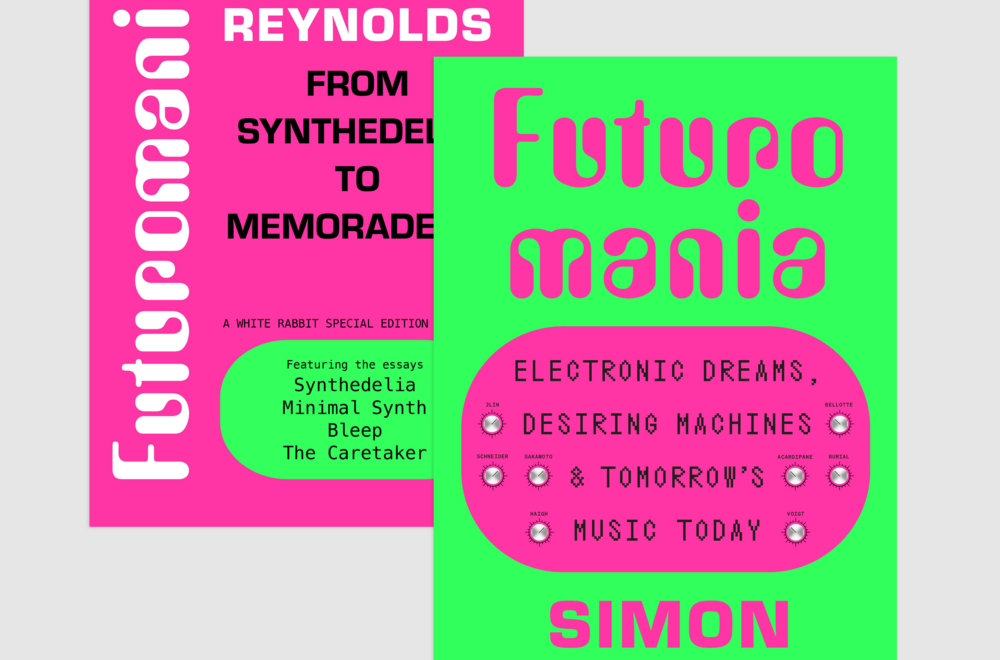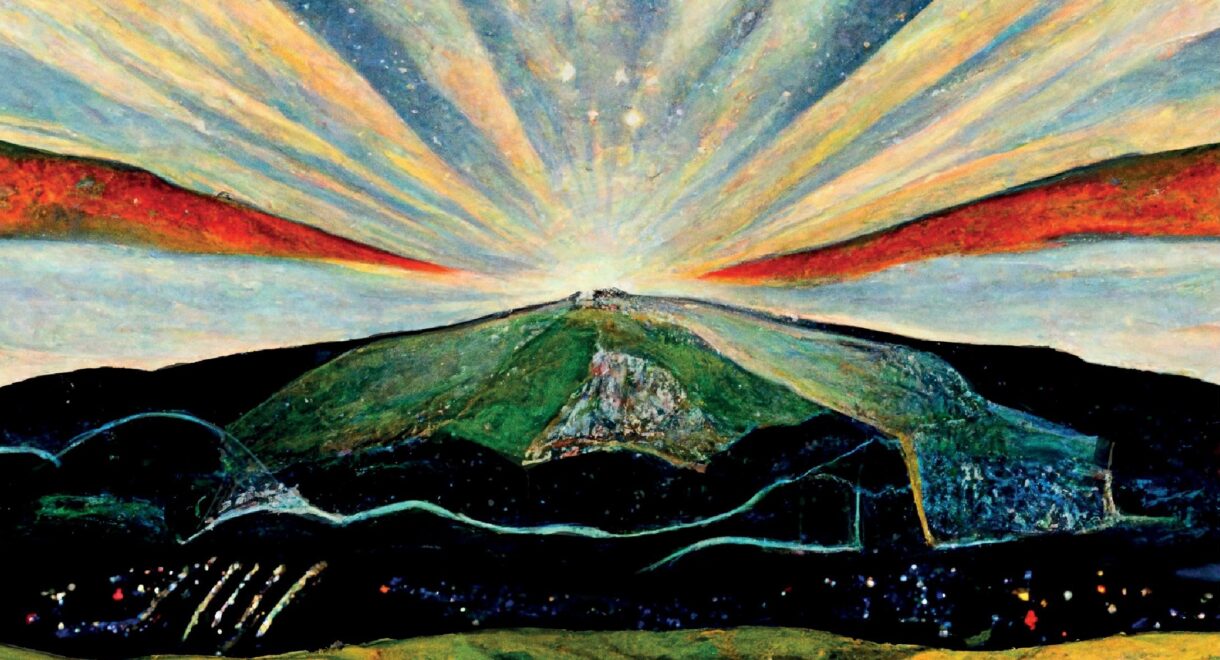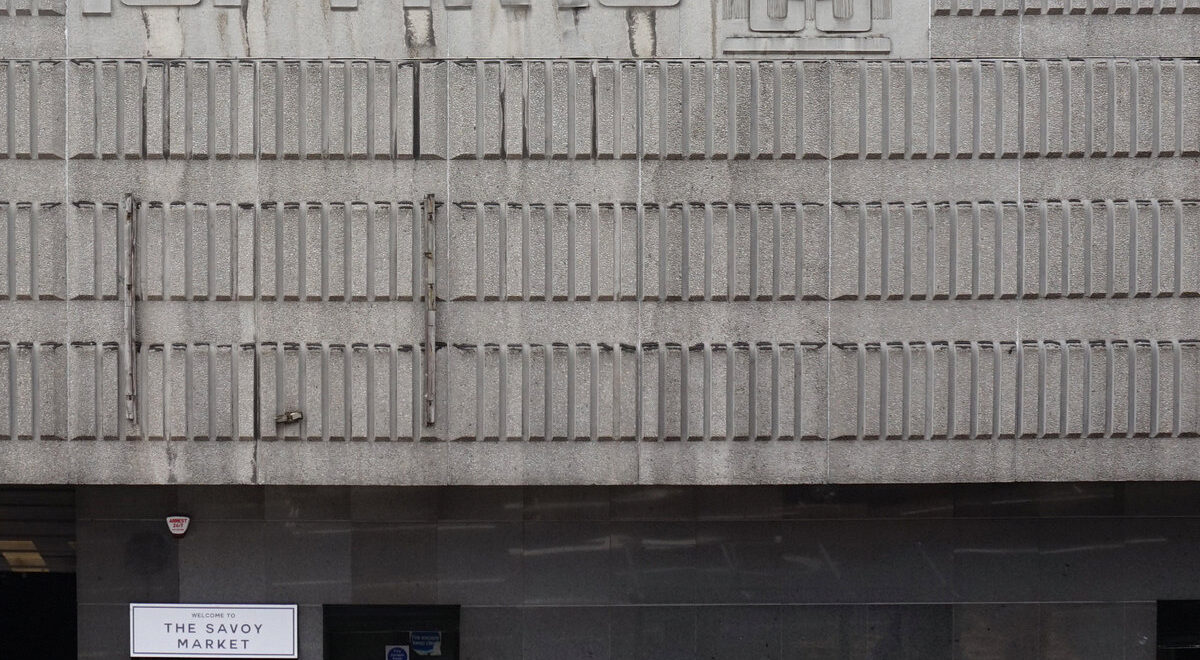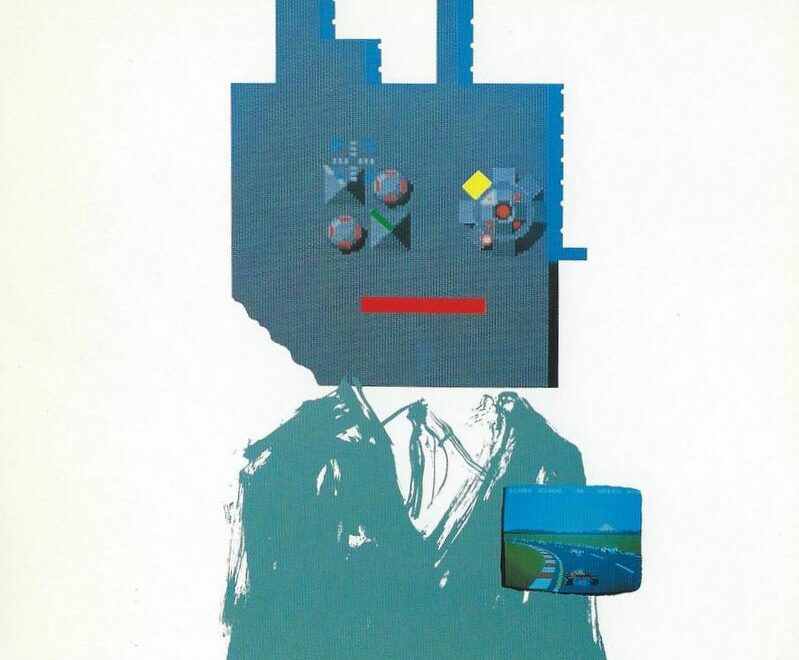The summer is halfway over and you’ve been scrolling for like, what, six weeks straight now? Step away from your phone (after reading this, of course). An analog […]
Manuel Göttsching in his own words: On Ash Ra Tempel, kosmische musik and the making of ‘E2-E4’

“When I found out E2-E4 was played in clubs, I couldn’t imagine people dancing to it…”
When the great German musician and thinker Manuel Göttsching passed on Monday at 70, it felt like the entire world collectively, simultaneously heaved with sorrow while coming to exact same conclusion: we’d lost a singularly brilliant artist and creator.
Best known as the co-founder of Ash Ra Tempel, whose mesmerizing electroacoustic work starting in the early 1970s paved the way for generations of solo artists interested in collaborating with the increasingly sophisticated electronic machines that were upending the contemporary music world, his solo work in the field of ambient and synthesized sounds helped define the so-called Berlin School of electronic music, a community of pioneers that included Tangerine Dream, Cluster, Harmonia, Neu! and, most famously, Brian Eno.
Though all of his work is captivating, Göttsching is best known for his album E2-E4, a proto-techno and Balearic classic that’s driven by an insistent four-on-the-floor stomp. The title is a reference to chess. Upon release, Larry Levan started playing the track at the Paradise Garage.
“When I found out E2-E4 was played in clubs, I couldn’t imagine people dancing to it,” Göttsching told the Guardian in 2013. “There’s not a strong bass drum and the rhythm is very subtle. I took ideas from dance music, but my composing goes more into the minimalist style of Steve Reich, Philip Glass. It could be played with an orchestra.”
As outlined on the chess website Chessbase, in addition to E2-E4 representing the most popular opening move in chess, the tracks on the album also focus on a chess game and follow the evolution of it.
1. Ruhige Nervosität (Quiet nervousness)
2. Gemässigter Aufbruch (Moderate departure)
3. …und Mittelspiel (and middlegame)
4. Ansatz (Attempt)
5. Damen Eleganza (Queen eleganza)
6. Ehrenvoller Kampf (Honourable fight)
7. Hoheit weicht (Highness yields – not without momentum)
(nicht Ohne Schwung)
8. …und Souveränität (and aplomb)
9. Remis (Draw)
Though recorded a few years earlier, the record didn’t come out until 1984, and then only in an edition of 1,000 copies. The cover is a chessboard. If you have pieces you can play a game while immersing yourselves in E2-E4.
The writer Mark Richardson summed up what made E2-E4 such a captivating mystery, both for listeners and for Göttsching himself, in his 2016 review for Pitchfork.
By 1981, Göttsching had made many pieces at home on his own for many purposes, but this one was lightning in a bottle. Like the longjumper Bob Beamon—whose one perfect jump at the 1968 Mexico City Olympics set a world record that he never came close to reaching before or since—Göttsching puzzled over his flawless moment. He listened to his creation over and over, trying to figure out why it worked so well, looking for some reason it wasn’t as good as it seemed. But he was at a loss. There were no mistakes, no incomplete ideas. It wasn’t too loud or too soft or too derivative. For one magic hour, the perfectly realized music floats in space, inviting listeners to admire it from the outside and then dance within it.
By the time of the artist’s passing, the piece had not just invited listeners to dance within it, but had become part of the musical ether. It echoes across virtually every house and techno track released since, a blueprint that’s now an integral part of dance music’s overall architecture.
To focus solely on that masterwork, though, is to ignore his groundbreaking work as leader of Ash Ra Tempel, later shortened to Ashra.
Those wanting a fascinating deep-dive into Göttsching’s ideas, inspirations, and influences should take time to absorb the artist’s hour-long conversation as part of the Red Bull Music Academy.










